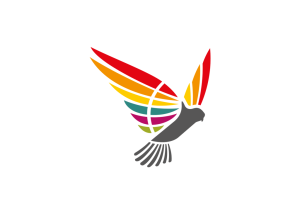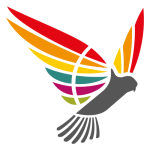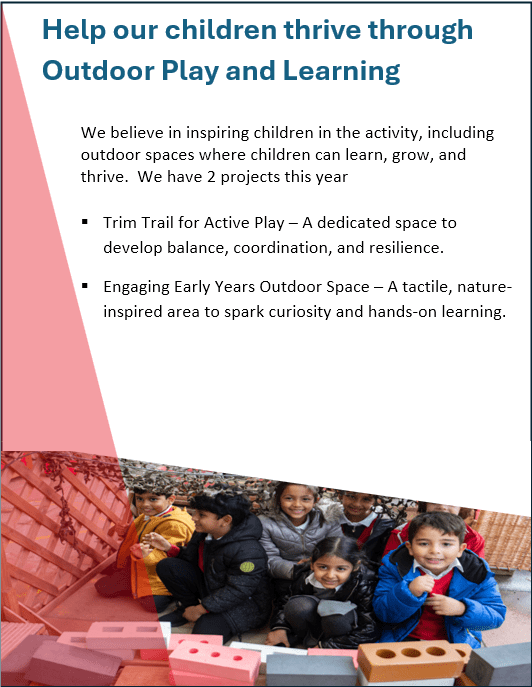What is the Interwoven Page at Kestrel Mead?
What is the Interwoven Curriculum at Kestrel Mead?
The curriculum at Kestrel Mead is underpinned by interleaved learning and the development of concepts across the curriculum and over time. It is personalised to our context and promotes awe, wonder and reciprocity. All classes are exposed to five big questions per year, within which, the National Curriculum objectives are carefully mapped out, ensuring that high-quality knowledge is imparted. Within each big question, teachers focus on a little question to support the subject-specific understanding. Children will learn sticky words throughout their lessons, to develop their understanding of concepts and morality. The conceptual words are based around five categories; British values, Citizenship, UN global goals, Character and Critical thinking. Children are encouraged to be independent and creative in the way that they engage in their learning through recording their work on an online platform called Seesaw and at the end of the big question children will journal their learning in their memorable learning journals. There is no ceiling placed on any child; all children are supported to achieve through instructional learning, practical application activities and enrichment.
What will my child learn in the Interwoven Subjects?
Each big question is supported by five little questions, enabling the key knowledge and skills from the National Curriculum to be taught. By the end of the topic, children can analyse and answer the big question, understanding their learning applies to life today.
At the beginning of each topic, children and parents will be given a knowledge organiser. This shows the big question, little questions and the sticky words for the topic. It also shows which history or geography objectives and which art and/or design objectives will be taught throughout the topic.
Each topic will begin with a small pre-learning task to assess the children’s prior knowledge about the big question they will be answering. This allows us to tailor the lessons to the needs of the children. At the end of each topic, children will answer the big question in a variety of ways throughout the year. These include: a debate; a campaign, practical activities, verbal performances and also written outcomes.
Children conclude their topic with a journaling week. This allows children to creatively display their key learning and answer the big question.
Homework is given out at the start of each topic and links directly to the big question that is being studied. Across the 6-week topic, children will complete a resilience activity, a curiosity activity, a compassion activity and a respect activity.
Here is an overview of the big questions across the school. Biq Questions Overview
Here are all year groups Long term plans:
Awe, Wonder and Reciprocity
Across the year, children will have the opportunity to experience immersive learning lessons, a range of trips and visitors into school to enhance their learning. We want to encourage the children to develop both their love of learning as well as their sense of curiosity. To help us to do that, we have invested in a subscription to Creative Learning Services, which means that we will have a selection of artefacts and books from time periods and countries, to help aid the children’s understanding.
Each year group will also have a charity that they will either raise money for or work within the community. This will be linked to their learning and will allow the children to also give back to the people in both our community and communities across the world. For example, Year 2 works with sheltered accommodation in the local area by delivering harvest parcels to the residents there and Year 4 supports Water Aid, raising money and awareness, as part of their question ‘What’s happening to the world’s waters?’
As a school, we believe in providing different opportunities during Friday Flair to foster and develop the many talents of our children to continue to develop the ‘whole child’.
Autumn term focuses on improving confidence and voice including comedy club, singing club, dance club, poetry club, drama club, music club and magic club, which leads to our Friday Flair Showcase.
The spring term will focus on creativity, where children will be able to design and produce a piece of work over the term. Teams will include sewing, paper crafts, painting, drawing, cookery, knitting, crocheting and animations. This will conclude with a Flair Fair, where children will be able to share their learning and creations through an exhibition.
Summer term will be a ‘Get Active’ term, which will include a variety of sports such as rounders, yoga and football and we will celebrate the children’s successes with an amazing sports day at the end of the year.
Trips and Visitors Overview 2023-2024
Curiosity Zone and DT kitchen
At the Junior building, we are lucky enough to have a room dedicated to children using resources, equipment and artefacts to develop their understanding. Children are encouraged to develop their independence and curiosity by learning to experiment and research within different subjects. There are a variety of resources to promote learning in History, Geography, Art, DT and Science.
For the infants, we have recently created a large kitchen space to allow children to learn cooking skills, practise them and be able to see the whole process of cooking with their class. Each year group will follow the progression map in DT for cooking skills and children have opportunities in every year group to build on their cooking and nutrition knowledge and skills.






 Be The Best That You Can Be
Be The Best That You Can Be